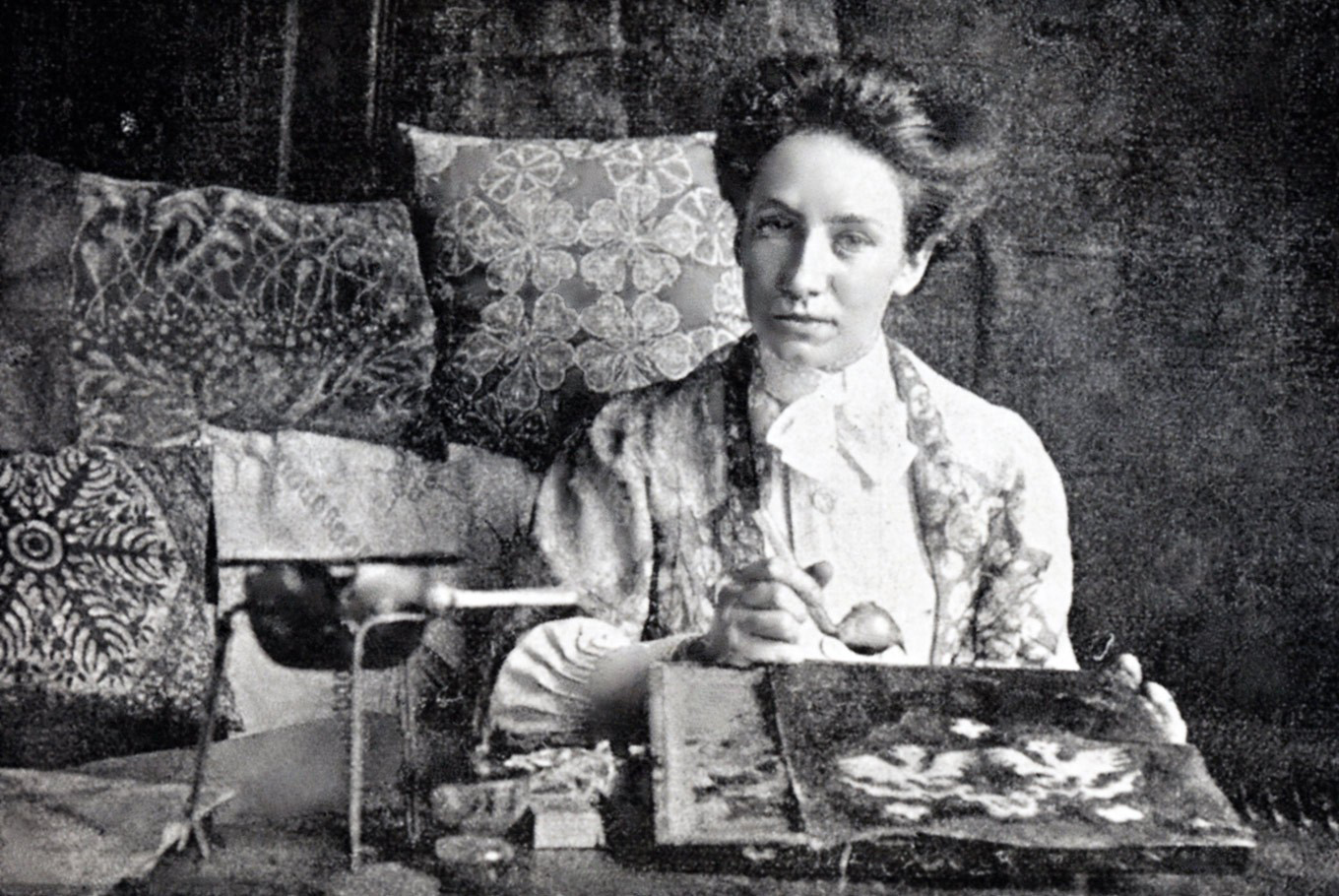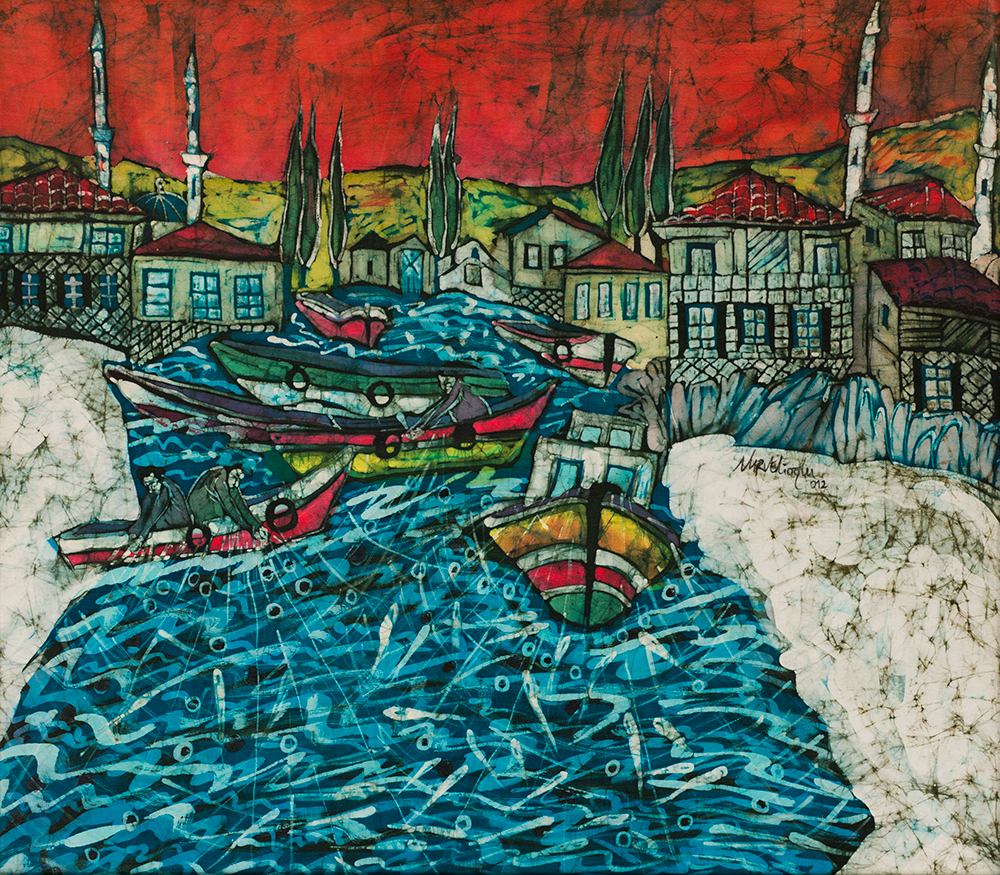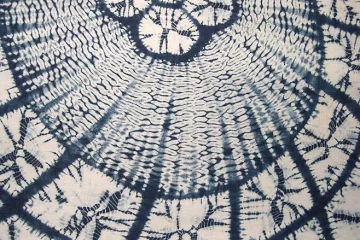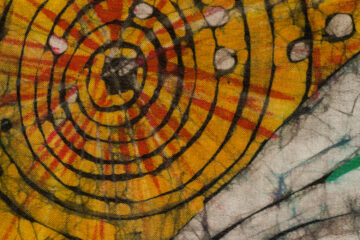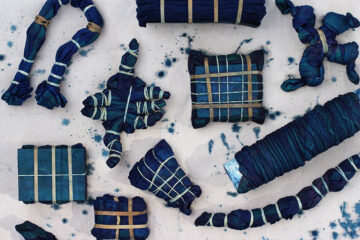As an art, batik is performed by dyeing fabrics with a special technique. The art of batik, which is made by leaving the surface of the fabric or leather to be dyed blank and covering the part that will not be dyed, requires a subtle and sensitive approach. This is a situation related to the point where batik art has reached and the level it has reached. Batik has been under the influence of different cultures and understandings of art in the process of its evolution into art. The address of art www.novatelier.com has compiled information about the process of batik becoming art in this article.
Batik as an Art
All branches of art reach their current state through certain processes. Change and development are inevitable for art branches. Interactions with different geographies and cultures cause a natural evolution in the arts. The art of batik has also undergone such an evolution and become an art. As an art, batik first emerged in the islands of Java. However, there is also different information on this subject. It is a known fact that the Pharaoh’s tombs and caves in Egypt contain fabrics in which batik art was used. We can say that these fabrics are important in the development of batik as an art. These fabrics, in which reserved batik technique was used, are informative about the development of the dyeing technique. The findings in Egypt show that the dyeing technique emerged after the reserved technique. The striking point in these products shows that quite ordinary things were used to make the reserve.
- Simple objects
- Animal shells
- Hard surfaces of plants
It was used in the dyeing of these fabrics. This shows that batik started to be seen as an art.
Change Process of Batik Art
As an art, batik is based on the patterning of fabrics. After the patterning process, the fabrics are dyed with naturally obtained dyes (dyes obtained from flower and tree extracts). In the process of becoming an art, different techniques have started to be used in batik art. We can list these techniques as follows:
- Knotting
- Strut
- Binding
- Folding
- Compression
Fabrics patterned using the above techniques are dyed. This technique is found especially on the souvenir fabrics of the merchants who used the Silk Road in the VI and VII centuries. The technique of dyeing by folding and compressing is known as “Shibori”, while the technique of dyeing by knotting and sewing is known as “Tritic”. These savings on fabrics were widely used in China, India and Indonesia. Interestingly, such fabrics have also been found in ancient tombs in South Korea.
Nurcihan Velioglu “Batik” Painting
Batik Art
There are different definitions of batik as an art. One of them is as follows:
“Batik is a fabric dyeing art made with beeswax with ancient roots.”
Batik art has also been used on different continents. This art is known in North America, Arizona and Mexico. In fact, it is known that batik art was practiced in Europe (Czechoslovakia, Hungary, Sweden). Nowadays, batik art, which is used in the west of Africa, especially in the fabrics used by Nigerian women to make their clothes, has become an art known all over the world. Travels, intercultural dialogues and artistic meetings have enabled this art to be learned by artists all over the world.
What is effective in the process of performing batik as an art is that the art is made using natural materials. Both the fact that it is made on objects used in daily life and that it is an area where artistic skill is shown has enabled batik to be accepted as an art. The search is a method of discovery in art and artists develop their artistic skills by searching. This has also been the case in the art of batik, which has spread from Southeast Asia to the whole world, renewed with intercultural interactions and become a unique branch of art. The fact that batik as an art is made with the reserved printing technique is another factor that enables this art to be accepted in different geographies.
